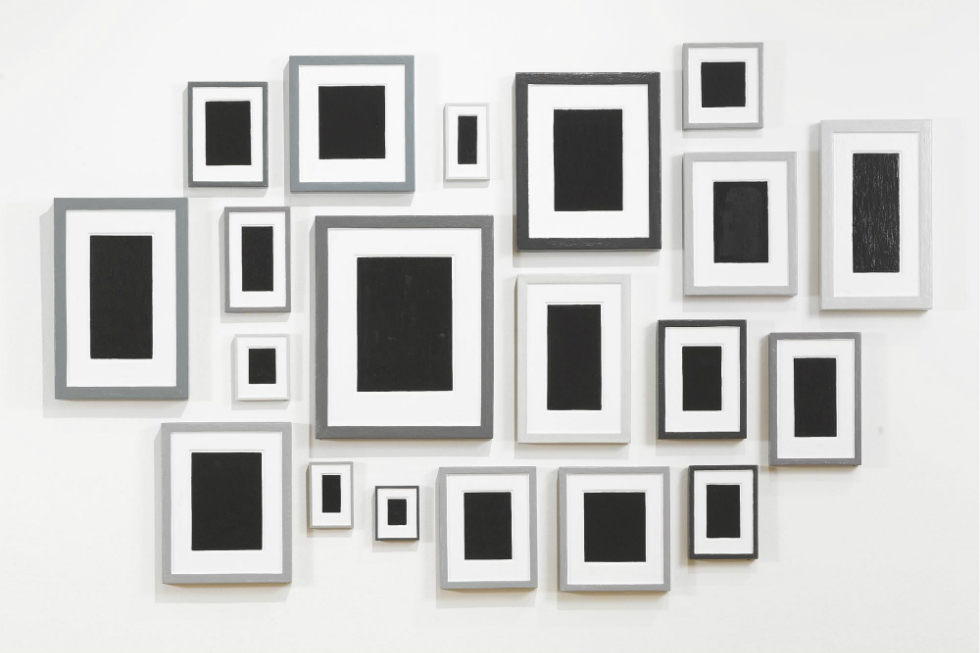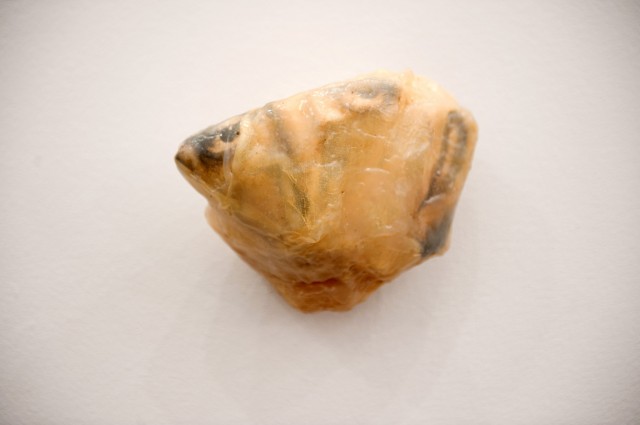“Memory’s power to grant meaning”: An Imagined Museum — Reviewed

Is all art about memory? If so, how would Tate Liverpool’s new show about a fictitious and memorised museum take shape? Fred Johnson considers the works to know by heart…
At its best, Tate Liverpool’s new exhibition An Imagined Museum points to the elephant in the room. Scattered clothes and documents strewn in a corner acknowledge an uncomfortable human absence in Pawel Althamer’s Self-Portrait as a Businessman, while Dorothea Tanning’s Poppy Hotel, Room 202 draws attention to the hotel residents so vitally missing through grotesque organic growths that bulge from walls and furniture. These powerful pieces are not just to be remembered; rather they make the viewer strangely conscious of the act of remembering and of memory’s power to grant meaning to otherwise sterile artefacts.
Logically then, at its worst An Imagined Museum merely shows us art that should be remembered: art that, while being great in its own right, doesn’t seem to talk explicitly about memory. This is particularly true when one considers the exhibition’s sister-display, Matisse in Focus, which does little more than gather all the Tate collection’s works by Matisse in one place. The transition between Matisse in Focus and An Imagined Museum would probably be less jarring were they not both grouped together under the title of Tate Liverpool’s new season: Works to Know by Heart.
But perhaps these weaknesses are inevitable for such an ambitious project: An Imagined Museum does, after all, boldly re-imagine the dystopian scenario of Ray Bradbury’s much-loved novel Fahrenheit 451, and re-interpreting cult favourites is always a dangerous game. More than this however, I think An Imagined Museum stumbles due to the sheer breadth of its scope. Since to an extent all art relies on memory, Tate’s selection seems sometimes arbitrary, and I couldn’t fight the feeling that many of the pieces collected were alike only in this most general of ways.
This feeling became more pronounced as I moved between and considered individual pieces. For example, one recurring theme throughout An Imagined Museum is how a given work of art relies upon the input and memory of a viewer for its completion. A quotation from Felix Gonzales Torres accompanies his untitled installation of tangled lightbulbs: “I need the public to complete the work, to take responsibility and become part of my work.” Indeed, many pieces imply a similar assertion – and this is where things get tricky.

The idea of viewer-artist collaboration is not cohesive. Torres, Duchamp, Warhol – all decried the importance of the viewer in the creation of meaning, but this did not mean they all saw eye to eye. The democratic opinions of Torres come up, after all, against the esoteric ‘art-for-artists’ style of Allan McCollum’s Plaster Surrogates, which has more in common with Duchamp’s opinion that “the creative act is not performed by the artist alone; the spectator brings the work in contact with the external world by deciphering and interpreting its inner qualifications”. Art not for all, but for those equipped to decode it.
The complications of spectator involvement soon became, for me at least, An Imagined Museum’s own unacknowledged elephant in the room. The photography of August Sander, appearing later on than the works of Torres and Duchamp, confused the dynamic further. These photos portrayed beefy Germans from the 1920s staring into the camera, raising questions about the complex networks of awareness and causality being drawn between viewer, artist, and subject. Ironically, by this point I’d forgotten all about memory.
It seems to me that memory, as something necessarily central to all art that represents something beyond itself, found itself too dissolute a theme to compete. And when it did fight its way back to the fore, as in the case of Alina Szapocznikow’s Tumour – a hideous synthetic lump representing the artist’s own battle with cancer – the effect was one of suddenly remembering what the exhibition was supposed to be about. Now that I’ve written that down, I’m starting to wonder if that was the point all along.
Although I’ve spent a lot of time complaining about An Imagined Museum’s consistency and cohesiveness, I would like to say that many of the works involved are stunning, and all are worth seeing. This is of course also true of Matisse in Focus: nobody claiming to enjoy modern art can get away with missing out on the opportunity to see this master’s collected works in the flesh.
Individually, An Imagined Museum’s artworks, taken from the Tate, the Centre Pompidou, and the MMK, all stand up to scrutiny. It’s only when zoomed out beneath the vague thematic label of ‘memory’ that the whole picture begins to show its cracks, although I could be proven wrong when February brings the closing Bradbury-esque twist and the works are all replaced with people and the memories they express. Suitably, only time will tell.
Fred Johnson
See Works to Know by Heart: An Imagined Museum – Works from the Pompidou, Tate and MMK collections — at Tate Liverpool (UK) from Friday 20 November 2015-14 February 2016
And at MMK, Frankfurt (Germany), 2 24 March-11 September 2016
And at Centre Pompidou-Metz (France) from 21 October 2016-27 March 2017
Read our interview with the Pompidou, Tate and MMK here
See An Imagined Museum’s finale weekend of performances and remembered artworks, 2053: A Living Museum, at Tate Liverpool from 20 and 21 February 2016, 10am-5pm each day — FREE
Would you like to perform at Tate Liverpool during the finale weekend? Join their ‘living museum’ and register your interest via email alivingmuseum@tate.org.uk, or sign up in the gallery. Selected applicants will then work closely with Tate Liverpool curators and artists at workshops to discuss and learn an artwork by heart so it can be re-enacted publically during the event
See Matisse In Focus at tate Liverpool until 2 May 2016 — FREE
Post edit: this article originally stated Allan McCollum’s Plaster Surrogates as ‘Plastic Surrogates’. We apologise for any confusion caused





